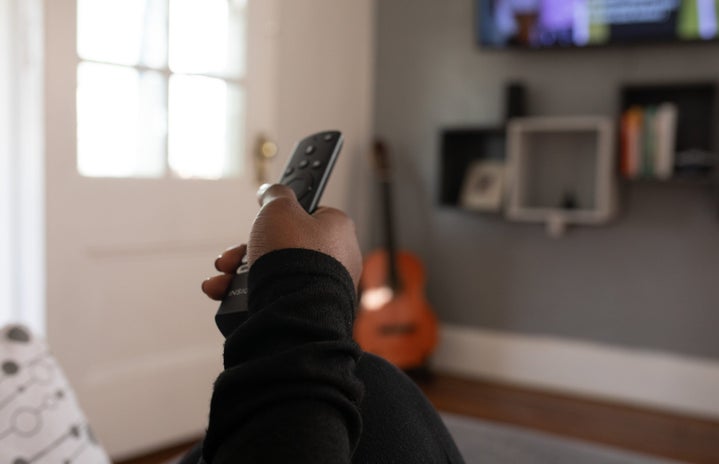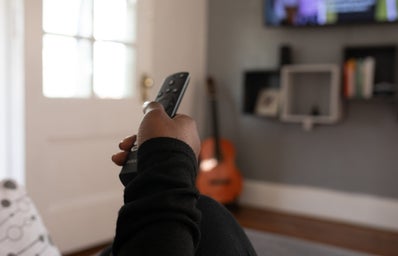I went on Hulu today and saw the TV series, The Handmaid’s Tale, based off of the book duology. A story with only two books—one of which was written in the 80s and the other not written until years after the Hulu show started—has over 40 episodes, each an hour long, on Hulu and had a movie in the 90s about it. You may be wondering: What has made this series so popular and how have they been adding onto the story to extend it so far? The answer to your question would be: by adding an extra heavy coating of torture porn.
For those who don’t know much about The Handmaid’s Tale, it is essentially a dystopian story that imagines that modern-day America in which the environment has been so damaged by pollution and contamination that less and less women are able to have children. The rights of women get completely stripped away, unfertile women being reduced to housewives and servants and fertile women to sex slaves who must reproduce in order to keep the population from dying out.
It’s an interesting novel that shows us how easily one’s rights can be taken from them without them even noticing or caring enough to take action and sends a lot of powerful messages about feminism, body autonomy and the concept of societal norms. However, the book and the show consistently use horrific and incredibly graphic depictions of violence against women to tell these stories.
And this is unfortunately an extremely common occurrence in media in telling “feminist” stories or stories of female character development. Across a wide scope of genres, torture/abuse (and rape particularly) are used as a jumping point to help show the audience how “strong” women are. Handmaid’s Tale depicts women being graphically harmed, from the sexual assault tied to the plot to full-on torture and somehow enduring; Game of Thrones showed us women being beaten and sexually assaulted constantly and becoming stronger “because” of those experiences; even Kill Bill, a movie about a badass female assassin shows this woman was raped multiple times while she was in a coma and seems distraught briefly but ultimately brushes it off because she’s just so “tough”. This doesn’t even dive into the horror/thriller genre which is very obviously riddled with torture porn and unnecessarily graphic and often sexual or sexually motivated attacks against women.
There are several issues with torture porn and its usage in “empowering” female stories and questions raised about it that are extremely concerning. But the one that sticks out to me the most: why do we keep pushing a narrative that extreme abuse and sexual violence is a source of women’s growth?
It’s very disturbing to think about the implications of always chalking women’s growth up to them being survivors of violence because it often ends up becoming a justification of the harm done to them; people can look at it and say, “they wouldn’t be the strong woman they are today if it weren’t for the abuse they endured.”
While it’s meant to depict empowerment and the strength of women, it actually sends a dark message that these burdens, in a way, are helping women and it allows for the perpetrators of such violence to justify their behavior to themselves. Torture porn is not the origin of women’s strength; women do not need to experience horrible suffering in order to be strong and its long time the entertainment industry evaluate its obsession with relentlessly beating down women for character development.


